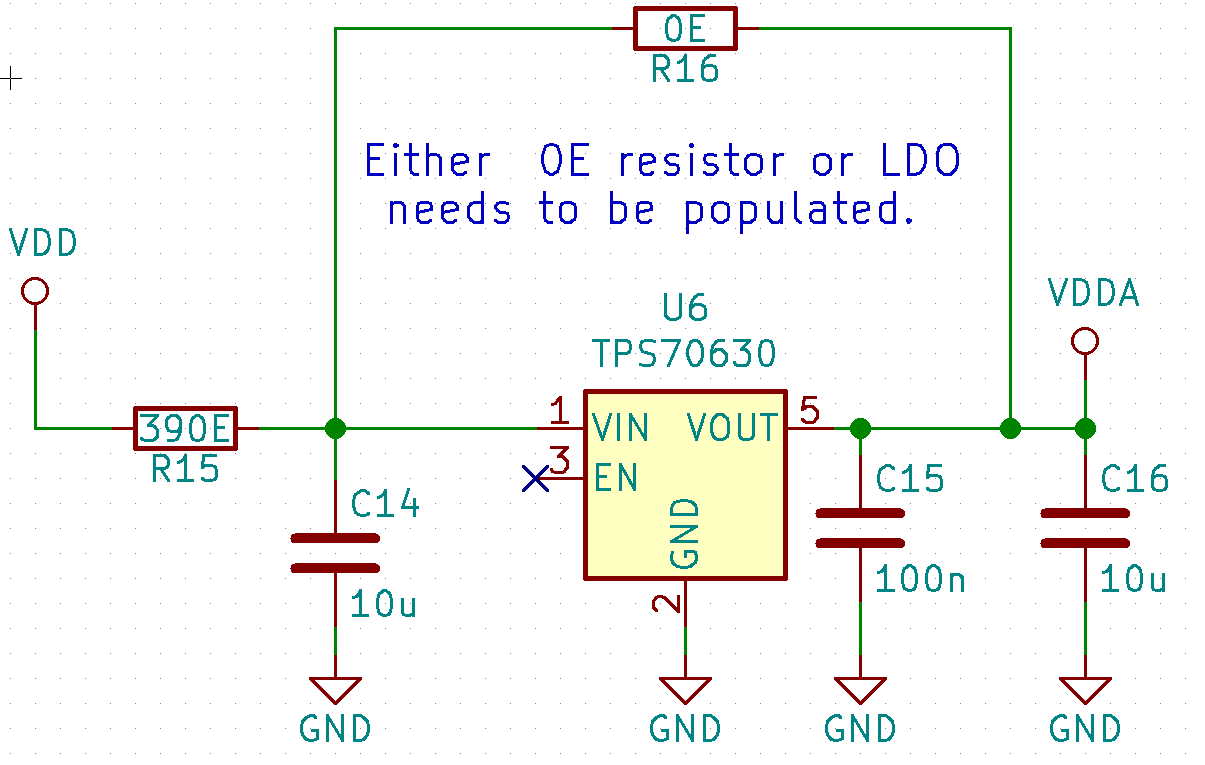Other Parts Discussed in Thread: TLV8802, TPS706
Greetings,
I'm working on a design which involves using TLV8801 or TLV8802 as a signal conditioning circuit for a PIR sensor. For both PIR sensor and TLV880x OPAMPs noise is an issue. The power source is a TPS61095 boost regulator in low power mode. As mentioned in the datasheet of TLV880x "Low bandwidth nanopower devices do not have good high frequency (> 1 kHz) AC PSRR rejection against high- frequency switching supplies and other 1 kHz and above noise sources, so extra supply filtering is recommended if kilohertz or above noise is expected on the power supply lines." What sort of filtering is needed to power PIR and the OPAMP from this regulator?
Also the output of the OPAMP is sampled by an ADC whose sampling capacitance is 2.5 pF. What sort of series resistance is needed for driving such a capacitive load?
Thanks and regards,
Prithvi


